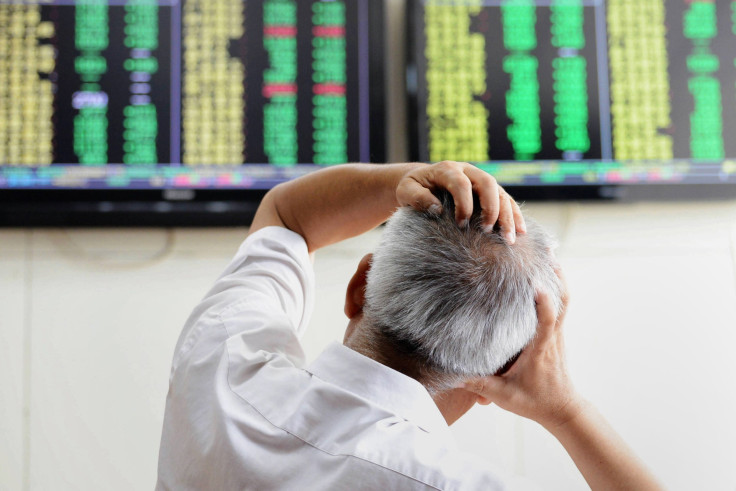Why Are Investors So Skittish? Chemical Signals And Cognitive Biases Shape Financial Decision Making

It's easy to assume that the rise and fall of stock prices reflects investors' cool-headed evaluations of various companies' value. But the topsy-turvy nature of this week’s market gyrations reveals a reality that investors themselves know to be all too true -- some very human biases are also at play in shaping buy and sell decisions.
Investors are just as subject to cognitive flaws and the churnings of brain chemistry as other humans. For example, they commit “social projection,” which means using one’s own feelings and actions to form a judgment for what other people believe or will do. Investors who are nervous about the market assume that other people are also nervous and will sell, which drives them to quickly unload their own shares. Such fear can be contagious. Investors in one experiment who watched scary movies before making trades tended to sell their stocks earlier than those who watched documentaries.
People also tend to become more risk-averse as the value of the stock market drops, but congregate around high-risk investments for fear of “missing out.” Michael Guillemette, a financial planning expert at the University of Missouri, found that investors’ risk tolerance dropped by 7 percent during the global financial crisis when the Standard & Poor's 500 was down by 50 percent.
Scientists are still exploring the biological mechanisms underlying fear, decision-making and risk-taking. They know that dopamine floods the brain when a risky choice pays off and that higher levels of dopamine can inspire rats to make riskier decisions. The flow of dopamine creates a feedback loop that prompts people to seek experiences that have panned out in the past and avoid those that have ended catastrophically.
In addition to this loop, the brain’s so-called white matter harbors at least two neurological connections associated with a process by which humans make choices amid uncertainty based on past outcomes. [That process is known as "probabilistic reward learning."] These connections tend to degrade with age, which means older people sometimes have a harder time coping with unfamiliar situations.
In a recent test of 41 young men, researchers also found that boosting levels of the hormones cortisol and testosterone before a mock investment exercise made subjects more likely to take risks. These hormones appear to play slightly different roles in financial decision-making. Adjusting cortisol levels directly affected the men’s preference for risk while boosting testosterone increased their general optimism about the future prices of assets. Past research has also suggested that men are more prone to overconfidence than women when investing, which may be partly due to higher levels of testosterone.
Investing is not entirely a fool’s game, though. In one analysis, Ohio State University researchers analyzed financial trades from 77,000 accounts to examine the tendency of traders to sell winning stocks too early and hold losers for too long -- a phenomenon known as the “disposition effect.” Their results showed that investors’ decisions about stocks were based more on their belief about future prices than an overwhelming fear of financial loss or a blind enthusiasm for winnings.
So how can people stop these biases from taking a toll on their personal finances? Guillemette recommends conducting a full portfolio evaluation about once a year, as opposed to more frequently, to protect against decisions that reflect the market’s day-to-day turmoil. He also says it’s important to begin financial discussions by talking about retirement goals and overall investment strategies rather than homing in on gains or losses.
© Copyright IBTimes 2024. All rights reserved.





















